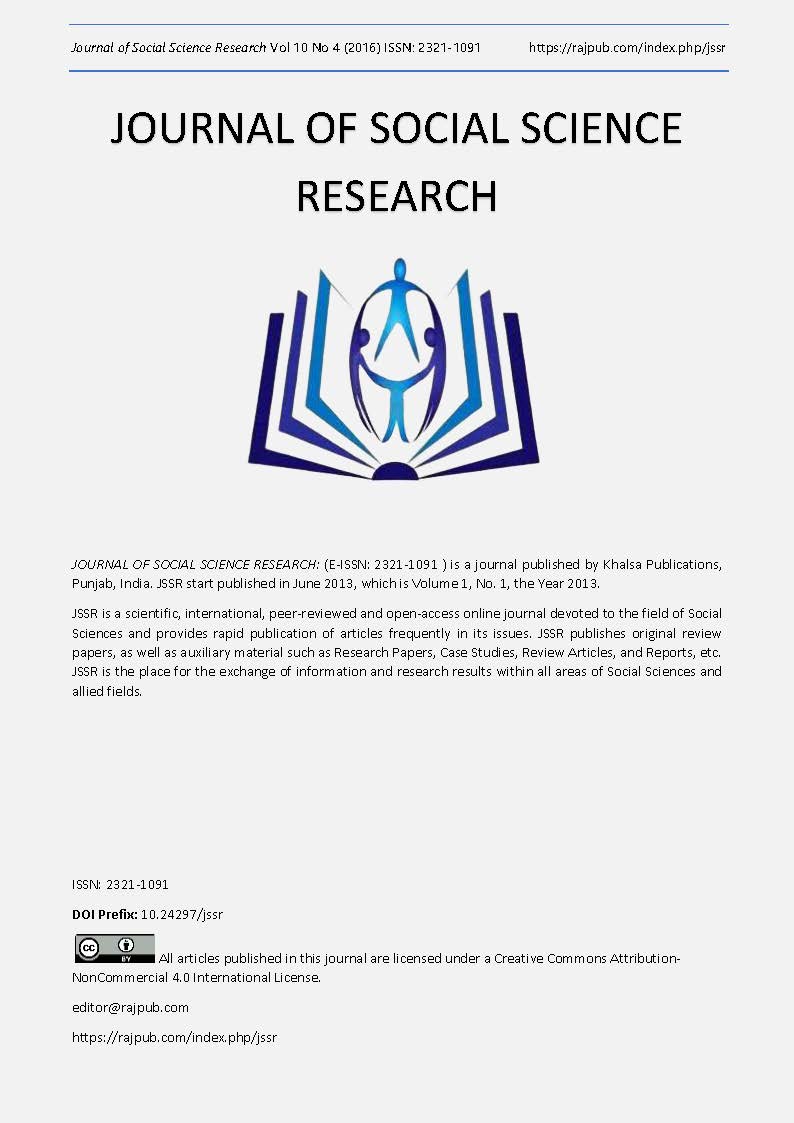EXAMINATION OF ISOKINETIC STRENGTH RATES OF KNEE JOINT (H/Q) IN FOOTBALL PLAYERS
DOI:
https://doi.org/10.24297/jssr.v10i4.4711Keywords:
Football player, H/Q ratio, Isokinetic knee strenghtAbstract
The purpose of this study is to examine the isokinetic strength rates of knee joint (H/Q) in football players. 30 males (15 football players, 15 controls) were included in the research who were studying in Yaşar Doğu Sports Sciencies faculty of Ondokuz Mayıs University. The position, age and dominant leg information of the subjects were determined by filling in personal information forms given to the subjects. Body mass index measurements were recorded with a Gaia 359 plus body analyzer and H/Q force rates were measured and recorded with a Humac Norm Cybex Brand computer controlled isokinetic dynamometer at angles of 60osn-1, 180osn-1 and 240osn-1. For the statistical analysis of the data used SPSS 22.0 software was used. Independent t-test was applied for the analysis of football player-control group and dominant leg results. In addition, one-way variance analysis and LSD test were used for repeated measures to compare football players according to their positions. Statistical results were evaluated at 95% confidence interval and p <0.05 significance level. When we look at the descriptive information between the two groups in our study; There was a significant difference between age, body weight and sport ages, but no significant difference was observed in other parameters. When the H/Q power ratios at angular velocities of 60osn-1, 180osn-1 and 240osn-1 were examined, no significant difference was found between the dominant-nondominant force ratios and footballer positions between the two groups. As a result, when H/Q power ratios of footballer and control group are examined; There was no significant difference between the two groups when dominant-nondominant strength ratios and soccer player positions were compared.
Downloads
Downloads
Published
How to Cite
Issue
Section
License
 All articles published in Journal of Advances in Linguistics are licensed under a Creative Commons Attribution 4.0 International License.
All articles published in Journal of Advances in Linguistics are licensed under a Creative Commons Attribution 4.0 International License.




